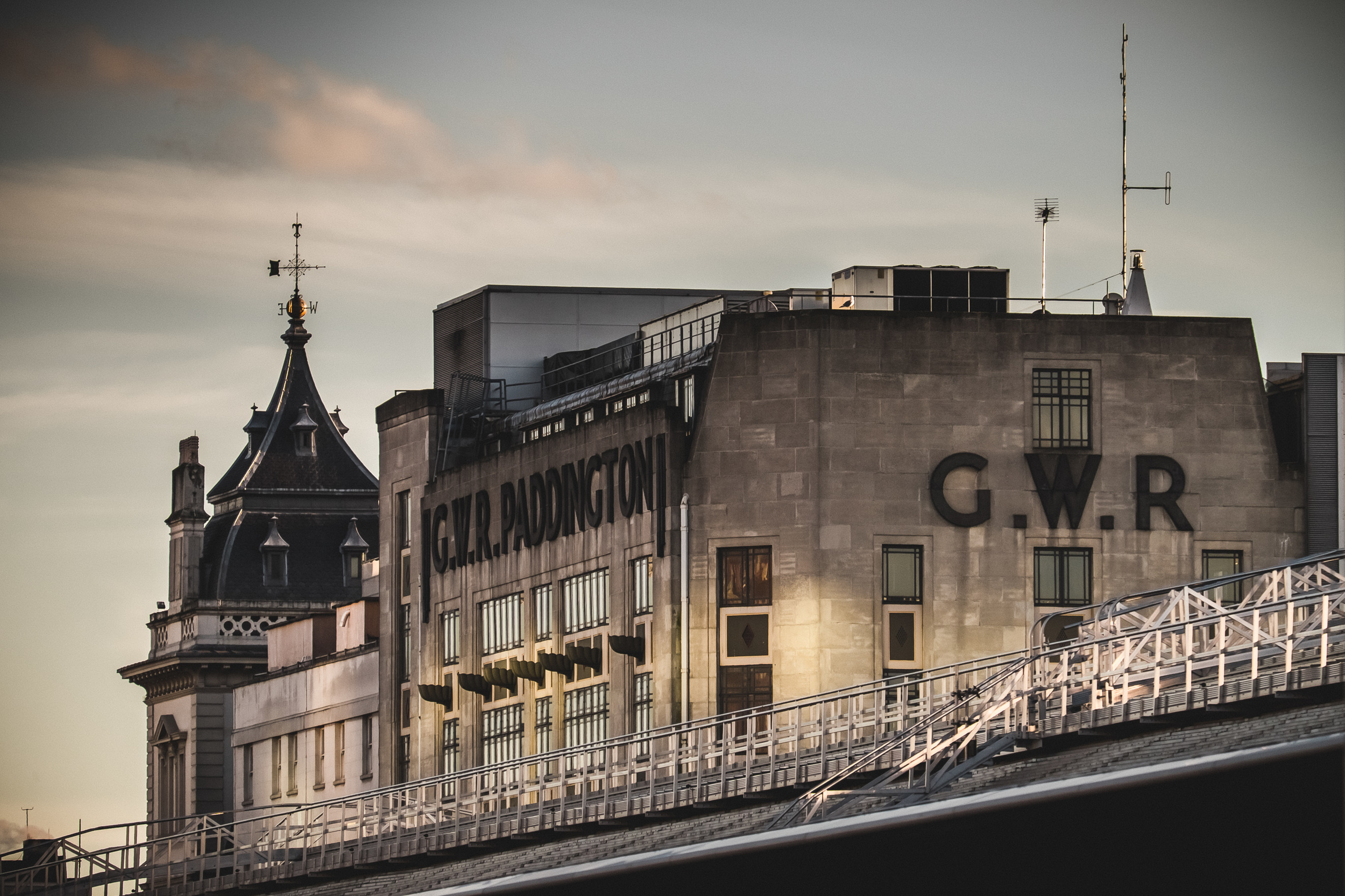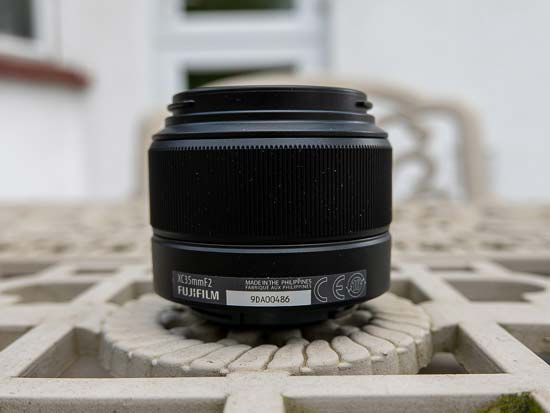
#Fuji xf and xc difference iso#
Also, shooting outside and at ISO 100, it's hard not to hit the red 1/4000th sec shutter speed warning, so I usually had to stop down to F/2.8 to get proper exposure. Unless you have a tri-pod, or your scenery is of equal distance across the field (which defeats much of the purpose of shooting wide open), I wouldn't recommend shooting wide open. Shooting at F/1.2 (DOF equivalent of F/1.8 if shooting the full-frame 85mm) produces a very shallow depth of field. I think the bigger issue is the focal length itself. I wouldn't say it's super sharp wide open (unlike other Fuji primes) but it's sharp enough. The image quality is very good as you can see by the posted images. Calvin and Millie on East Hastings, Strathcona. The plasticky lens hood is sufficient and light weight, and can attach on in reverse for easy storage, but not while shooting (it's too deep). I was a bit disappointed that it doesn't have the pull-back focus ring to reveal an actual focus and depth of field scale (such as the XF14mm and XF23mm), but you do get all of this info on-screen anyway. The marked aperture ring works well in 1/3 stops, and the focus ring feels well dampened (although it is focus by wire). If you're use to shooting with DSLR lenses, the XF 56mm lens won't feel too big or heavy. It's very front heavy but not unmanageable. I've posted many pics ( here, and here with the hood) on Instagram showing the size of this lens on the X-E2. I didn't notice any obvious imperfections.


In terms of image quality, it's a sharp lens. As a street photographer, it's an odd focal length to work with (84mm F/1.8 equiv in terms of focal length and depth of field), but I thought I would give it a try. When Fuji gave me the opportunity to review the XF 56mm F/1.2 lens, I was excited to see what this lens could do. So there needs to be a balance between shooting performance and image quality, although I argue that even a smartphone (especially the new-ish iPhone 5S) can take good enough images to share (Instagram, Tumbl'r, blogs, news media, etc.). A 8 x 10 large format takes superior images to most digital cameras (ok, probably to all commercially available digital cameras), but its really useless to a street photographer.

Of course I look at image quality, but more importantly (for streetphotographers) I review how cameras and lenses shoot in real world situations while walking around and taking pictures. I don't use a tripod, I don't pixel-peep, I don't always shoot RAW. I've mentioned many times in my reviews that I review from the viewpoint of a streetphotographer. Let's review the Fujifilm Fujinon XF 56mm F/1.2 and compare it with the XF 18-55mm F/2.8-4 R OIS lens.įuji X-E2 with XF 56mm. How about today? Are primes still superior to zooms in the era of digital imaging, especially when many manufacturers are using digital technology to correct many optical imperfections in images? Is there a need for primes, since whatever weakness existed with zooms in the past can now be fixed post production? Let's check out the advantages of both zooms and primes even in our digital era, including the disadvantages. In the 90's, faster zooms appeared, and the image quality divide between primes and zooms became narrower. Zooms got better in the 80's, but due to their slower speeds, those that needed fast glass still chose primes. In the 1970's, primes were superior to zooms, no argument. I remember this debate in the film era, and it still continues in our digital era.

#Fuji xf and xc difference pro#
Primes versus zooms? It's the great debate among camera equipment enthusiasts, pro photographers, and camera reviewers. Railtown District, Strathcona, Vancouver.


 0 kommentar(er)
0 kommentar(er)
